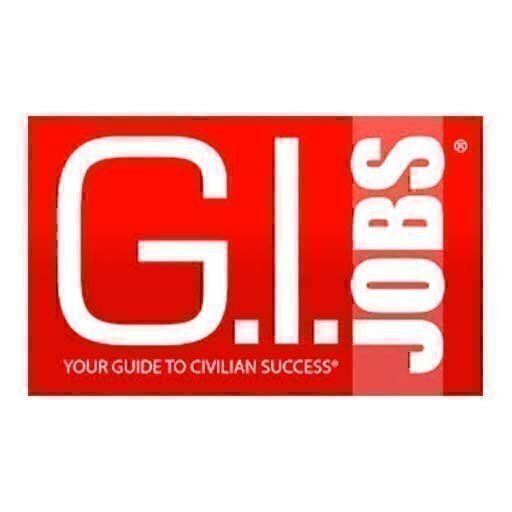In previous articles, I’ve covered the different classes of retirement plans, non-qualified and qualified; explained the differences between different qualified plans; and the basics of how a 401(k) plan fits in the retirement plan space. In this article I’ll explain how vesting works. So what is vesting? In essence, vesting is when the money becomes yours. And, it isn’t always immediately.
To understand vesting, the first thing we need to define is vesting schedules. Qualified plans can vest on two different schedules. Cliff and Graduated (or Graded).
Cliff Vesting. Military members “get” cliff vesting pretty well. I’ve yet to get the wrong answer to the question of, “How much is your pension if you leave the military at 19 years and 364 days?” Everybody knows the answer, zero. The military defined benefit-pension plan has 20 year cliff vesting. This is one of the reasons it isn’t a qualified plan
Graduated Vesting. In graduated vesting, you have the right to a portion of your retirement benefit over a period of 5 years. In the case of a defined benefit plan, you get 20% of your future benefits each year. In the case of a defined contribution plan you have the right to 20% of the contributions your employer made each year.
That’s the vesting schedule. But there are also time limits. Your employer must let you vest within certain time constraints.
Defined Benefit Plans. Defined benefit plans, if using a cliff vesting schedule, must vest no later than after 5 years of qualifying service. If using a graduated vesting schedule, the benefits must vest over a timeframe from 3 to 7 years of qualifying service.

READ NEXT: IT JOBS FOR VETERANS – GET HIRED NOW
Defined Contribution Plans. Defined contribution plans on a cliff vesting schedule must vest at the 3 year point. In the case of a graduated vesting schedule, the 5-year period runs from 2 to 6 years.
Why the difference? I’m not sure. I suspect that it because the employee accepts more risk in a defined contribution plan. You’ll notice I didn’t mention anything about 401(k) plans. That is because 401(k) plans, as mentioned in my prior article, aren’t exactly a defined benefit or defined contribution plan. So how does a 401(k) plan vest?
Your Contributions and the Earnings on Them. Your contributions and the earnings on the vest immediately. It makes sense. The money was yours (salary) to begin with so it is already vested. Makes sense that the earnings on your vested contributions would be vested as well.
Safe Harbor Contributions and Their Earnings. If your employer makes safe harbor contributions, they vest immediately as well as the earnings on the safe harbor contributions.
Profit Sharing Contributions and Their Earnings. If you employer decides to make profit sharing contributions, they as well as the earnings on them vest on the same schedule and within the same timeframe as defined contribution plans.
It is important to note that all the timeframes above are what the law requires. Your employer can chose to be more generous. Next month: What to do with your TSP.
Curt Sheldon CFP®, EA is the author of the book “Well and Faithfully Discharged: Financial TTP for Military Retirement”. He is the owner and founder of C.L. Sheldon & Company a financial and tax firm specializing in serving current and retired military members. Prior to starting his company, he served 27 years in the USAF.
READ NEXT: GREAT FINANCIAL LITERACY TOOLS FOR VETERANS










